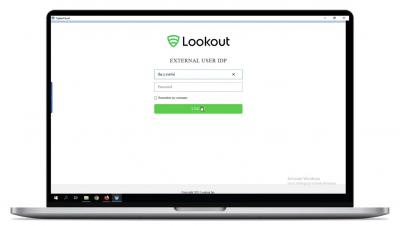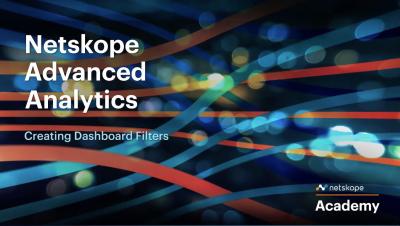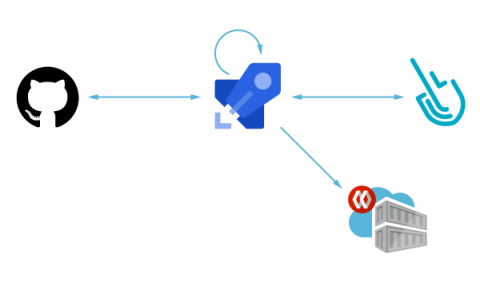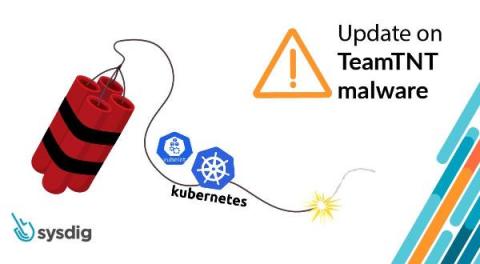Security | Threat Detection | Cyberattacks | DevSecOps | Compliance
Technology
CrowdStrike Expands CNAPP Capabilities with Introduction of CIEM to Monitor, Discover and Secure Identities Across Multi-Cloud Environments
Protect Sensitive Data When Working With Partners and Contractors
How to create a Tines Tunnel with an AWS EC2 instance
Today's business world is more complex than ever, and many companies are reliant on private networks to keep their data safe and secure. But what happens when you need to access data from a remote location or connect to multiple separate private environments? In this guide, we'll show you how to create a Tines Tunnel so you can route traffic from Tines to a private API/network successfully. Read on for step-by-step instructions.
NAA Creating Dashboard Filters
7 Best Encrypted Email Services to Protect Yourself With In 2022
Most successful hacks and data breaches are perpetrated through email. In a perfect world, everyone would find safer methods for communication, but since email isn't going anywhere anytime soon, encrypted email is our best option. Since Internxt doesn't have its own encrypted email yet, we've assembled a list of the best encrypted email services you should use in the meantime.
Best practices for securely configuring Amazon VPC
Amazon Virtual Private Cloud (Amazon VPC) is an AWS service that enables you to launch AWS resources within your own virtual network. Because you can deploy VPCs in separate regions and other VPC components themselves are deployable across different Availability Zones, VPC-hosted environments tend to be highly available and more secure.
Monitor flow logs to ensure VPC security with Datadog
In part 1 of this series, we looked at the common components of an Amazon VPC including CIDR blocks, subnets, firewalls, and route tables. We also looked at approaches for how to configure those components securely.
Container Image Scanning for Azure Pipelines with Sysdig
Scanning a container image for vulnerabilities or bad practices in your Azure Pipelines using Sysdig Secure is a straightforward process. This article demonstrates a step by step example on how to do it. The following proof of content showcased how to leverage the sysdig-cli-scanner in Azure Pipelines. Although possible, it is not officially supported by Sysdig, so we recommend checking the documentation to adapt these steps to your environment.
Threat news: TeamTNT targeting misconfigured kubelet
TeamTNT is a prevalent threat actor who has been targeting cloud and virtual environments such as Kubernetes and Docker since at least late 2019. This threat actor is financially motivated, focusing their efforts on stealing credentials and cryptomining. In 2020, we analyzed their use of Weave Scope on an unsecured Docker API endpoint exposed to the internet. In December 2021, we attributed an attack to TeamTNT in which they targeted a vulnerable WordPress pod to steal AWS credentials.










